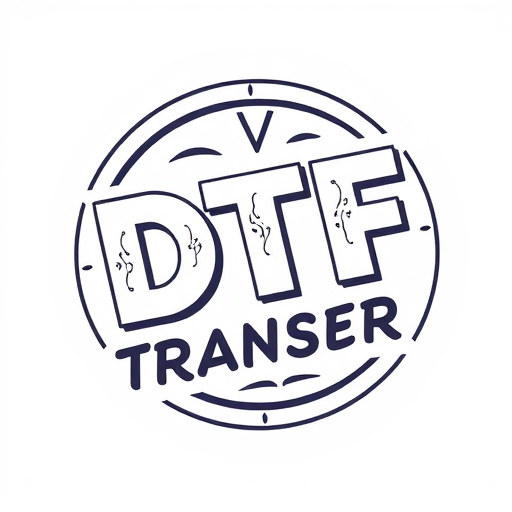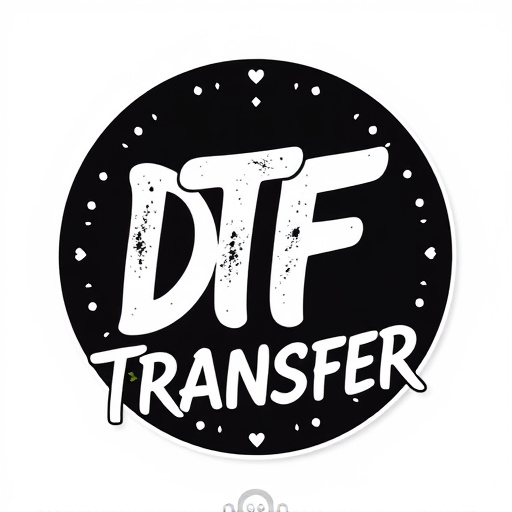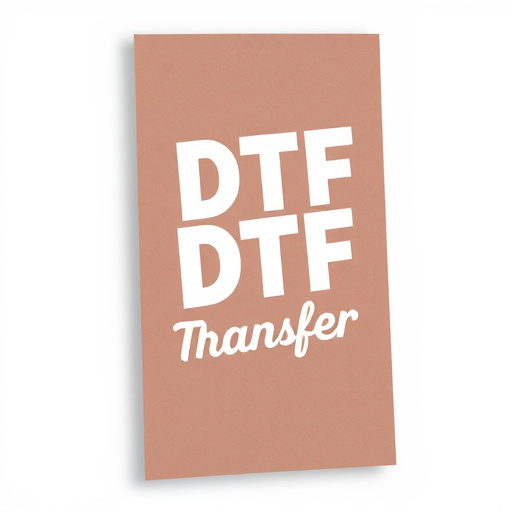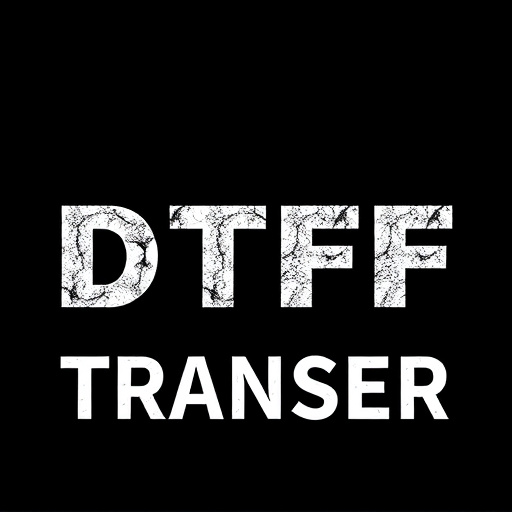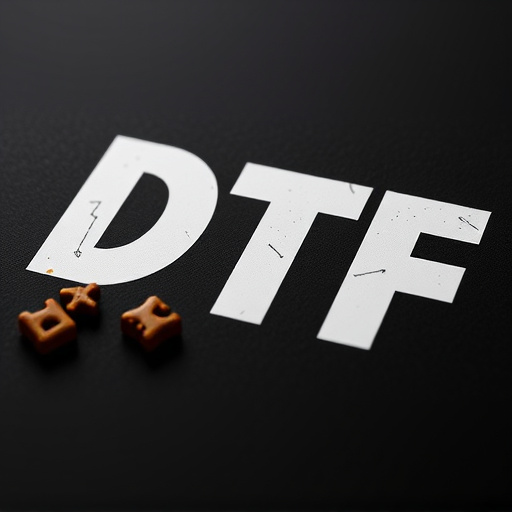Direct-to-Film (DTF) Transfer has democratized content creation by enabling filmmakers to share their work globally at minimal cost, fostering creativity and diverse voices. This method uses advanced digital technology to convert film content in a single step, reducing post-processing requirements compared to traditional methods. Pricing for DTF transfers varies based on project complexity, production scale, licensing fees, technology used, and experience level, with bulk discounts available for larger libraries and options for SD or HD resolutions to manage costs. High-quality services ensure superior outcomes, though complex projects may incur additional charges; despite costs, DTF transfer is a worthwhile investment for preserving cinematic legacies. Case studies offer insights into varying expenses based on film type, print size, and design complexity.
Direct-to-film (DTF) transfer offers a modern solution for preserving and sharing cinematic memories. This article delves into the intricate cost structure surrounding DTF options, providing insights for both enthusiasts and professionals. We explore factors influencing DTF pricing, compare traditional film-to-digital conversions, and uncover affordable alternatives. From high-quality services to real-world case studies, this guide offers a comprehensive analysis of DTF transfer projects, empowering readers to make informed decisions regarding this revolutionary process.
- Understanding Direct-to-Film (DTF) Transfer: A Brief Overview
- Factors Influencing DTF Transfer Cost Structure
- Traditional Film-to-Digital Conversion vs. DTF
- Exploring Affordable DTF Transfer Options
- High-Quality DTF Transfer Services and Their Pricing
- Case Studies: Cost Analysis of DTF Transfer Projects
Understanding Direct-to-Film (DTF) Transfer: A Brief Overview
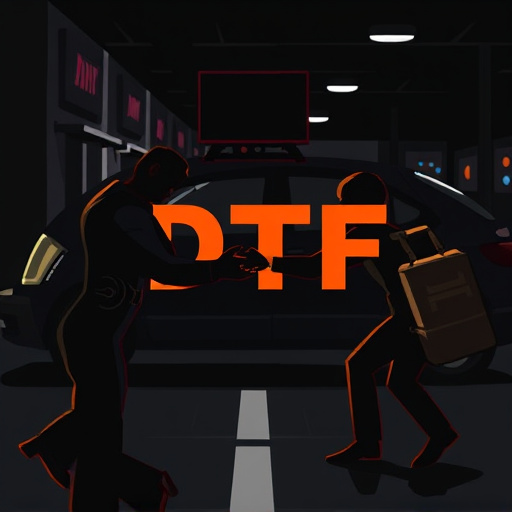
Direct-to-Film (DTF) Transfer is a cutting-edge process that allows content creators and filmmakers to bypass traditional distribution channels and bring their work directly to audiences via online platforms. This innovative approach has democratized the film industry, enabling independent filmmakers, content producers, and even hobbyists to share their stories globally with minimal barriers to entry.
DTF Transfer offers a cost-effective alternative to conventional filming and distribution methods. By eliminating the need for physical film stock, extensive post-production facilities, and theatrical releases, creators can significantly reduce production and distribution costs. This accessibility has spurred a new wave of storytelling, fostering creativity, and encouraging diverse voices to enter the cinematic landscape.
Factors Influencing DTF Transfer Cost Structure
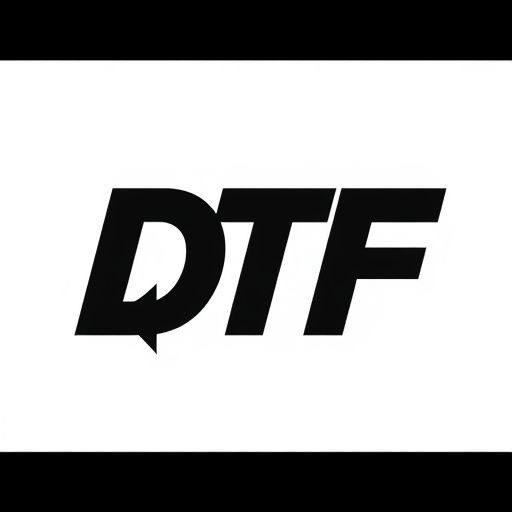
The cost structure for a Direct-to-Film (DTF) transfer can be influenced by several factors, each playing a significant role in determining overall pricing. Firstly, the complexity of the film project is key; high-budget films with intricate visual effects and extensive post-production demands will naturally have higher associated costs. The scale of the production, including cast and crew sizes, along with location requirements, also contributes to the financial outlook. Additionally, licensing fees for music, sound effects, and other intellectual properties are essential components that can significantly impact the DTF transfer’s budget.
Another critical aspect is the technology employed in the process. Advanced or specialized equipment and software solutions often come with premium pricing, reflecting their capabilities and quality standards. Furthermore, the experience and expertise of the team handling the transfer can affect costs; seasoned professionals might command higher rates but also bring efficiency gains to the table. Ultimately, these factors combined shape the cost structure for DTF transfers, ensuring that each project is priced uniquely based on its specific needs and demands.
Traditional Film-to-Digital Conversion vs. DTF
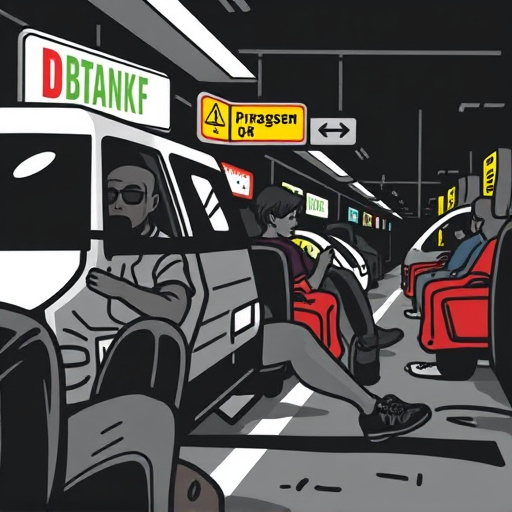
The traditional film-to-digital conversion process has long been the industry standard for transferring analog films to digital formats. This method involves several steps, including film scanning, color correction, and various enhancements to replicate the original film’s look. While it offers a high level of quality, it can be time-consuming and costly, especially for feature-length films or those with intricate visual effects.
In contrast, Direct-to-Film (DTF) transfer is a newer approach that streamlines the process. DTF leverages modern digital cameras and advanced software to capture and convert film content in one step. This method reduces the need for extensive post-processing, making it faster and more cost-effective. By eliminating many of the intermediate steps, DTF transfer can provide excellent results while maintaining a simpler, more efficient workflow.
Exploring Affordable DTF Transfer Options

Direct-to-film (DTF) transfers have revolutionized the way we access and consume media, offering a convenient and cost-effective alternative to traditional physical media. When exploring affordable DTF transfer options, several factors come into play. Firstly, the size of your collection can significantly impact pricing. Bulk ordering discounts are often available for larger collections, making it financially beneficial to transfer extensive film libraries at once. Secondly, the quality of the source material plays a crucial role; older or damaged films might require additional restoration work, adding to the overall cost.
To keep costs manageable, consider opting for standard definition (SD) or high-definition (HD) transfers instead of 4K, as these options provide excellent picture quality while being more budget-friendly. Additionally, some companies offer tiered pricing structures, allowing you to choose packages tailored to your specific needs and budget. Remember that while cost is a primary concern, selecting a reputable transfer service with experience in the industry ensures better results and long-term accessibility of your cherished films.
High-Quality DTF Transfer Services and Their Pricing
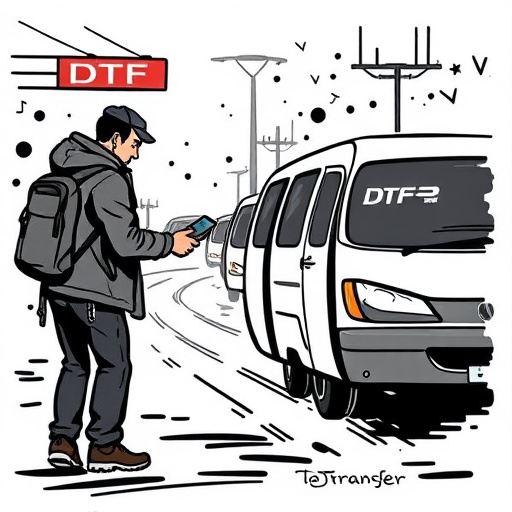
High-quality direct-to-film (DTF) transfer services offer precision and expertise in digitizing film, ensuring a superior outcome for your footage. These professional options are ideal for those seeking top-tier results, aiming to preserve vintage films or enhance modern productions. The pricing for such services varies based on several factors, including the length of the film, resolution requirements, and any specialized needs. Generally, expect to pay a premium for high-definition or 4K transfers, as these demand advanced equipment and skilled technicians.
Some companies may charge by the minute of footage, with rates typically ranging from $1 to $3 per minute, while others opt for flat fees based on project scope. Complex projects involving damaged film or unique formats might incur additional charges. Despite the varying costs, high-quality DTF transfer services remain a worthwhile investment for anyone desiring to safeguard their cinematic legacy.
Case Studies: Cost Analysis of DTF Transfer Projects
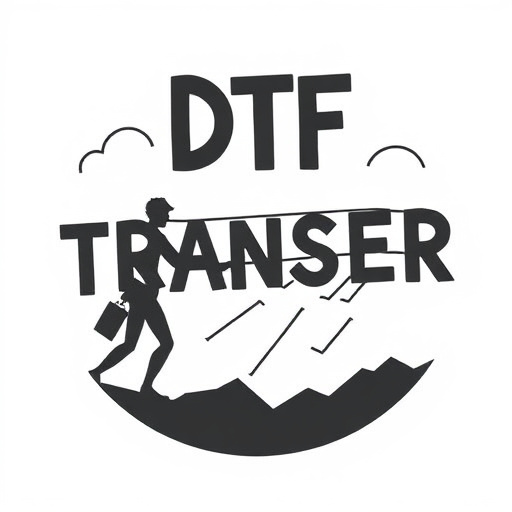
Direct-to-film (DTF) transfer projects vary widely in cost based on several factors, including film type, print size, and the complexity of the design. Case studies offer a practical look at real-world DTF Transfer expenses. One study analyzed a medium-sized project involving the reproduction of vintage posters onto canvas. The initial setup costs included equipment rental and calibration, totaling $2000. Subsequent printing costs per square meter were approximately $5, with additional expenses for high-quality inks and specialized paper, bringing the total per-print cost to around $15.
Another case focused on a large-scale exhibition featuring intricate, full-color DTF prints. This project incurred higher setup fees due to the need for precision color matching and custom frame designs. Print costs were similarly elevated, with expenses reaching up to $20 per square meter for premium materials. The study concluded that comprehensive cost analysis should account for both one-time setup charges and recurring printing expenses, highlighting the diverse financial implications of DTF Transfer applications across different industries.








